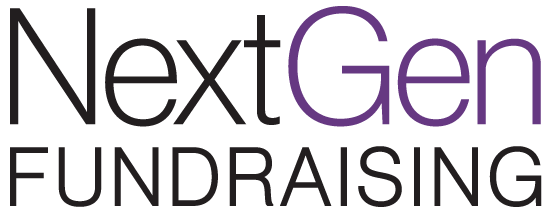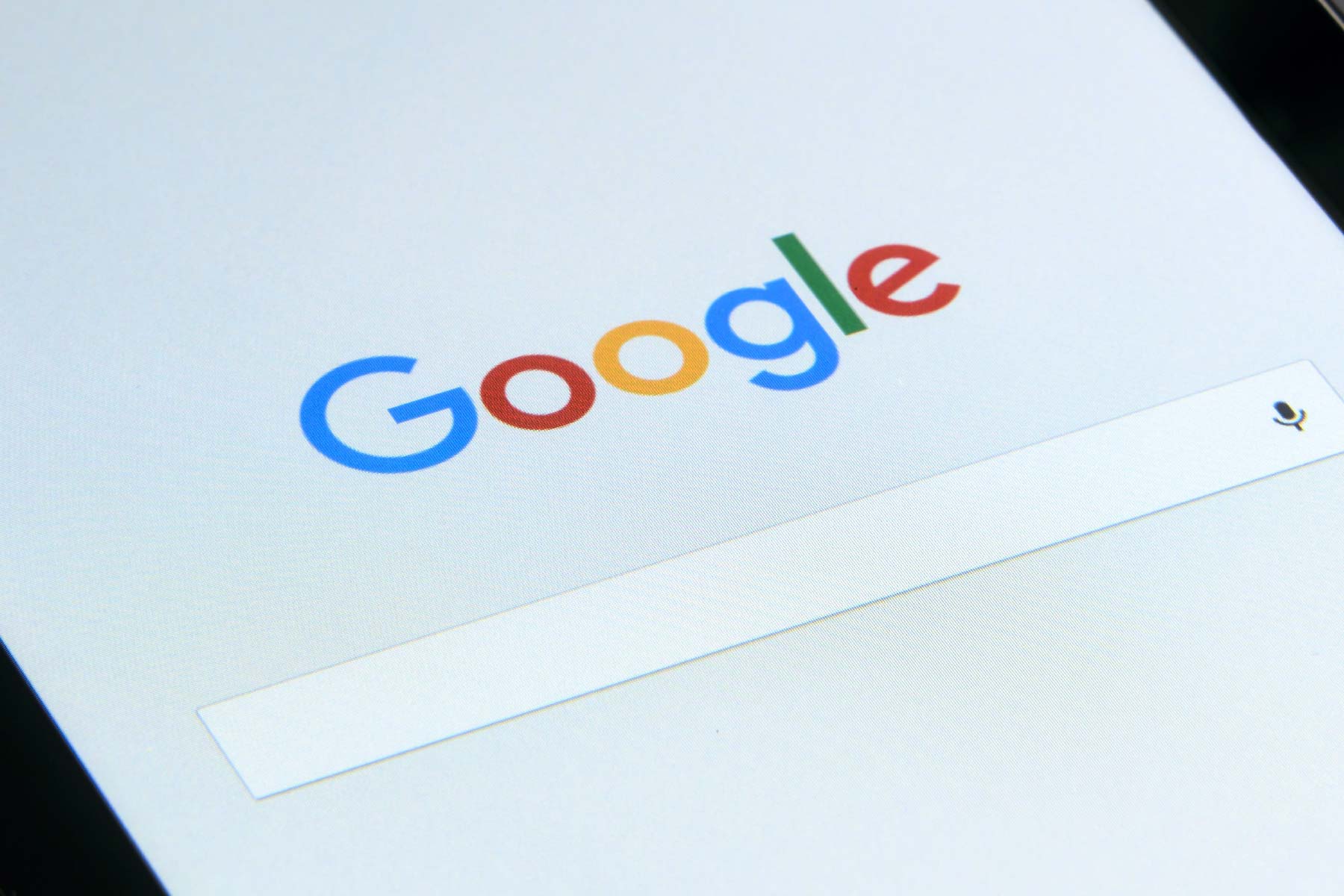What’s the point of having a great website if no one visits it? How do you increase awareness and drive traffic to your landing pages or donation forms that results in conversions? As a nonprofit, why do you have to pay if you already have a grant?
Pay-per-click marketing (PPC), or search engine marketing (SEM), is online advertising that allows organizations to appear above the organic search results on Google—positioning your brand as a top-of-page priority placement
Paid search provides a convenient donor journey for users with transactional intent while also capturing individuals who have a philanthropic interest and positive affinity with your brand and mission.
Though search engine optimization (SEO)—which benefits from the age and authenticity of content—is a great way to boost organic traffic to your website, Google will always display paid results above organic results.
Organizations pay for this primary placement because people are likely to click the first link they see without realizing it is an advertisement.
Loyal and engaged supporters who actively visit your website are great, but other audiences are unlikely to type your specific URL and make their way to a donation page.
Prospective donors often use Google to search for phrases like “donate to XYZ.org”—especially during the key fundraising season in December. If an ad with a link to your donation form appears as a top search result thanks to paid advertising, the chances of you gaining a new donor significantly increase.
A Google Grant account is useful and cost-effective, but it will never produce the same results as paid ads (the true meaning of “you get what you pay for”).
It is best to have a solid combination of ads on both account types to capture and convert new donors.
Let NextGen Help
Ready to grow your digital program? Connect with NextGen or learn more about working with our digital team.

